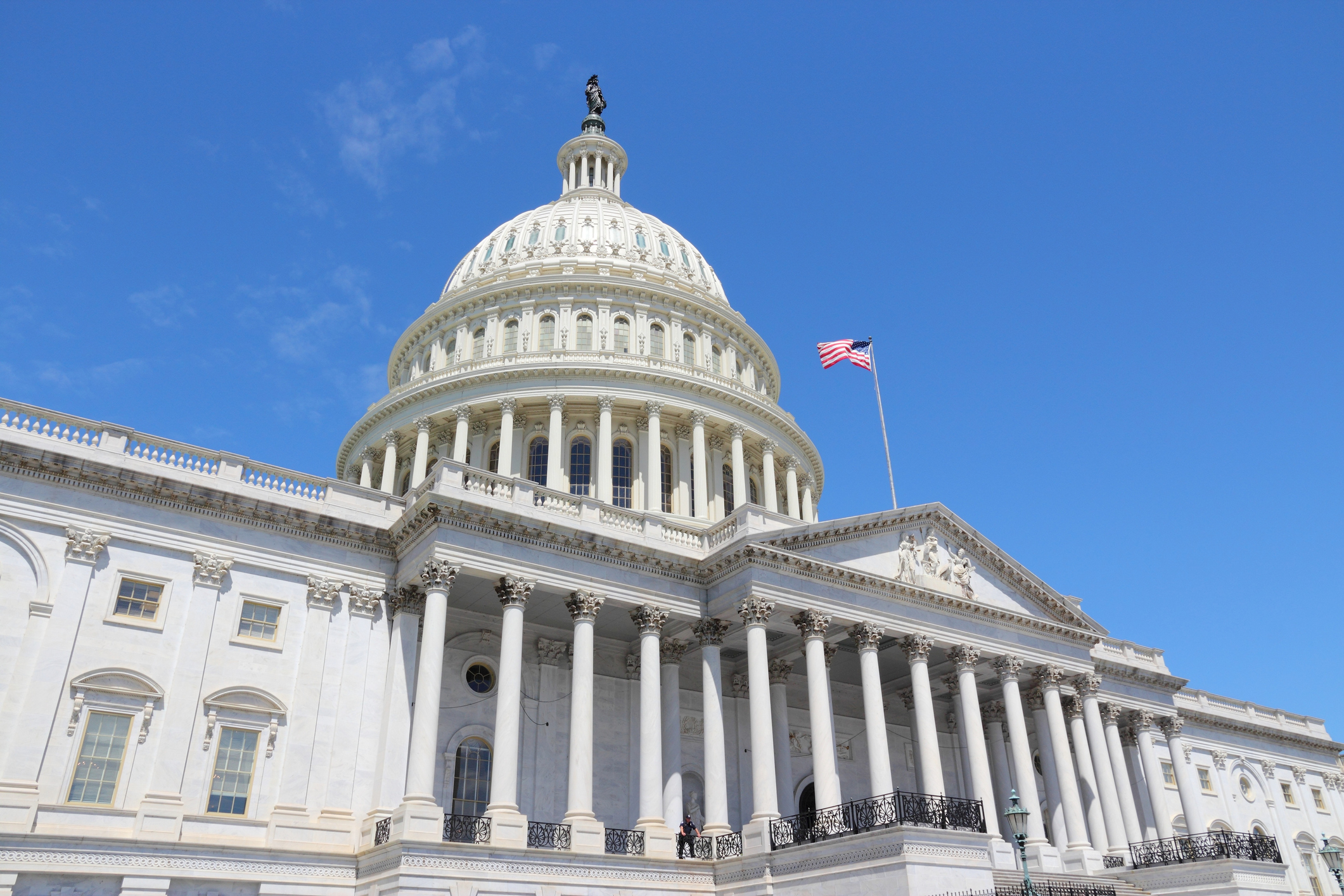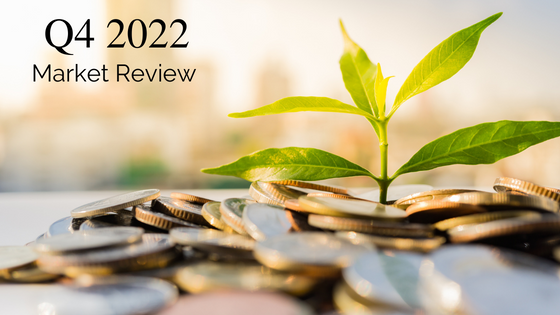
Inflation seems to be on everyone’s mind. The Labor Department’s inflation report showed that inflation rose 4.2% year over year for April, which is the highest we’ve seen it since 2008—and it’s got a lot of people spooked.
What does this mean for investors?
Thankfully, there’s no need to be overly concerned, and here’s why.
We were due for some inflation
We have seen low inflation for the last 10 or more years and I would expect something higher going forward. In fact, the Federal Reserve specifies an inflation target of 2% (this is the level in which the Fed believes that consumers and businesses will not have to worry about rising or falling prices when making plans or when borrowing or lending for longer periods).
Plus, conditions for inflation have been nearly perfect. At its core, inflation is a product of basic supply and demand. When consumers have the ability and willingness to spend, demand for a finite supply increases, and prices may increase. This often occurs when:
- Taxes are low
- Interest rates are low
- There’s strong government spending (e.g. fiscal stimulus)
Inflation can also occur when producers experience supply chain issues or when the cost of certain raw materials increases.
This should all sound pretty familiar. Because our current situation checks nearly all of these boxes, upward pressure on prices was to be expected—but I don’t believe it will be a significant or ongoing concern.
Why increased inflation is likely a short-term worry
The Federal Reserve has called the inflation concern “transitory.” Inflation has run below the 2% target for the last decade, so letting it run slightly above right now to make up for it is not a concern.
There may be a “sweet spot” for inflation. “When examining S&P 500 returns by decade and adjusting for inflation, the results show the highest real returns occur when inflation is 2% to 3%,” investment analyst Kristina Zucchi wrote in Investopedia.
That’s about where we are now.
Only time will tell, but other indicators point to lower long-term inflation, like current long-term bond yields. Long-term bond yields are decreasing, signaling that bond investors do not believe inflation is going to continue to increase. If they did, they would require a higher yield on new bonds being issued.
Many economists believe the spike in inflation will be temporary as we recover from the shock of the pandemic, people go back to work, and prices normalize.
How we’re mitigating the financial impact for clients
To mitigate this increased inflation, we have reduced our overweight to growth stocks and increased dividend-producing stocks, which perform better in an inflationary environment. We have, in some cases, increased our exposure to stocks and added gold to hedge a devaluing dollar and increased inflation.
Real assets tend to do well in an inflationary environment, and we are evaluating increasing our exposure to more diversified commodities and increasing our exposure to real estate.
If you would like to have a conversation about all of this, please reach out and schedule a call. This is something we will continue to monitor and make adjustments in our clients’ portfolios as needed.
You might also be interested in checking out: What You Need to Know About the American Families Plan.





